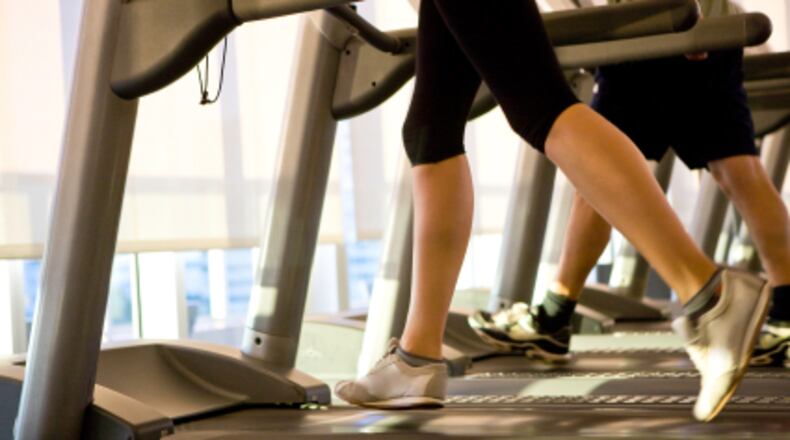Starting position: Using a secured resistance band or cable machine positioned at approximately hip/waist height, position the upper arm to the side of the body with elbow bent to 90 degrees and forearm out to the side. Because strength and flexibility of the shoulder joint varies from person to person, do not attempt to force the forearm too far out to the side. Instead adhere to your most comfortable range of motion.
Strengthening Phase: Keeping the upper arm in place, slowly begin moving the forearm inward toward the body. Pause for a second or two and slowly return to the starting position.
Tips:
Don’t allow the shoulder to shrug when performing the exercise, and do not turn the body as you pull the band toward you. Instead, be sure to stand tall with good posture. Look straight ahead and focus on going through the range of motion in a slow controlled manner.
Forget the no pain no gain myth! Overtraining can easily occur with both beginners and seasoned athletes, leading to unnecessary injuries. For this reason, it is crucial to pace yourself appropriately according to your current strengths and weaknesses. How to tell? While it is normal to experience muscle fatigue, you should never feel pain while exercising. Pain typically presents as a sudden sharp feeling, while muscle fatigue occurs slowly and does not produce pain. Post-workout fatigue should subside within about 36 to 48 hours. If you have existing shoulder pain or rotator cuff problems, check with your doctor before attempting this exercise.
Beginners can start with one to two sets of twelve repetitions per arm every other day to begin conditioning and get familiar with proper form. Sets and/or repetitions can be added gradually as you become stronger. Some experts advise using rotator cuff exercises as a warmup before other upper body exercises, a sort of ‘waking up’ of these stabilizers so that they can provide better assistance. If unsure, seek the advice of a professional.
For comfort you can place a small rolled up towel between your elbow and body, pressing gently against it as you exercise. The towel can also help assist in remembering to keep the elbow at your side.
Unlike other strengthening moves, rotator cuff exercises should always be performed with light resistance. The rotator cuff consists of four stabilizing muscles, which are smaller in size and capability when compared to the larger shoulder muscles. Using heavy resistance inadvertently incorporates unintended muscles and lessens the benefit and effectiveness of the exercise. Other variations do exist for internal rotation but are typically prescribed where rehabbing a shoulder injury has occurred.
Marjie Gilliam is an International Sports Sciences Master certified personal trainer and fitness consultant. She owns Custom Fitness Personal Training Services LLC. Send email to marjie@ohtrainer.com.

